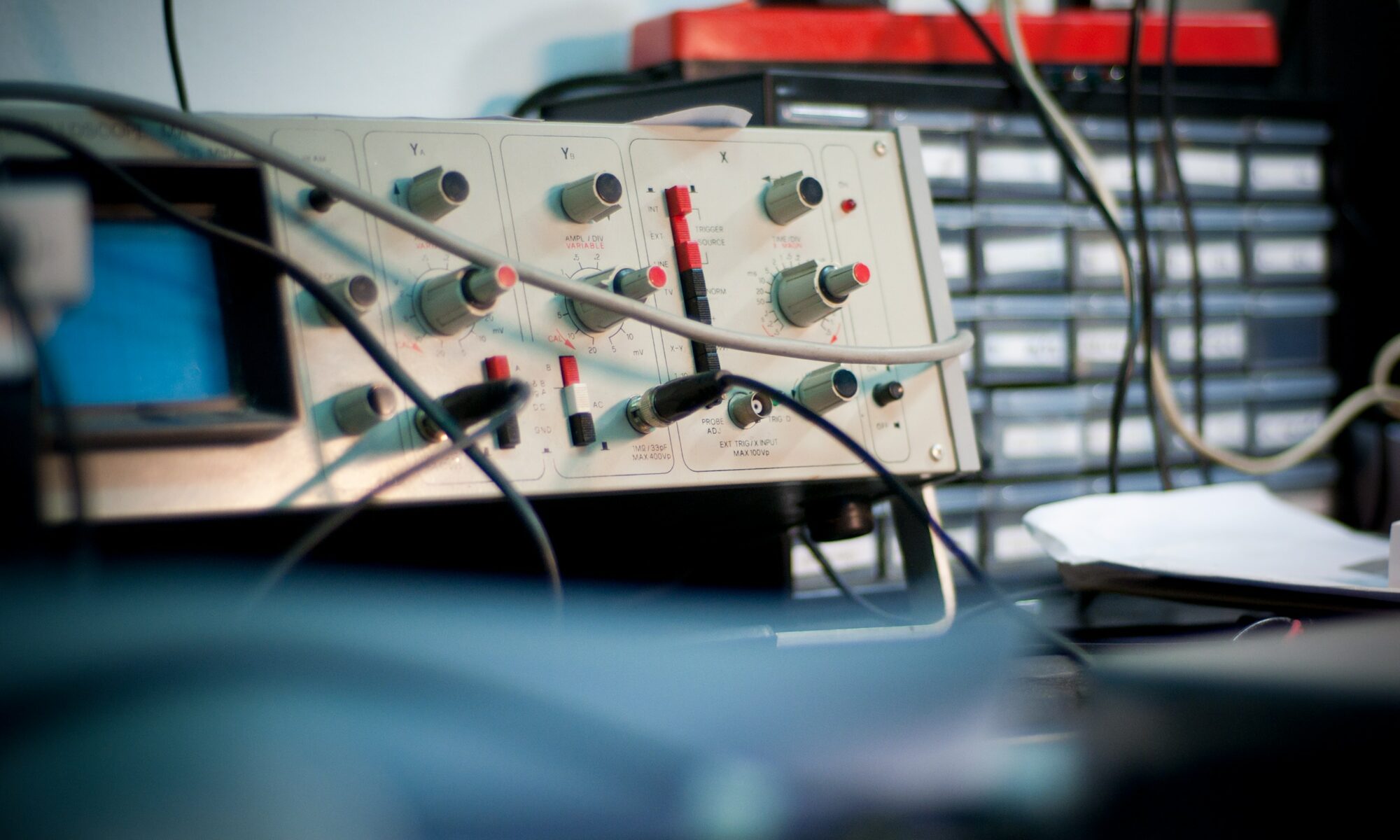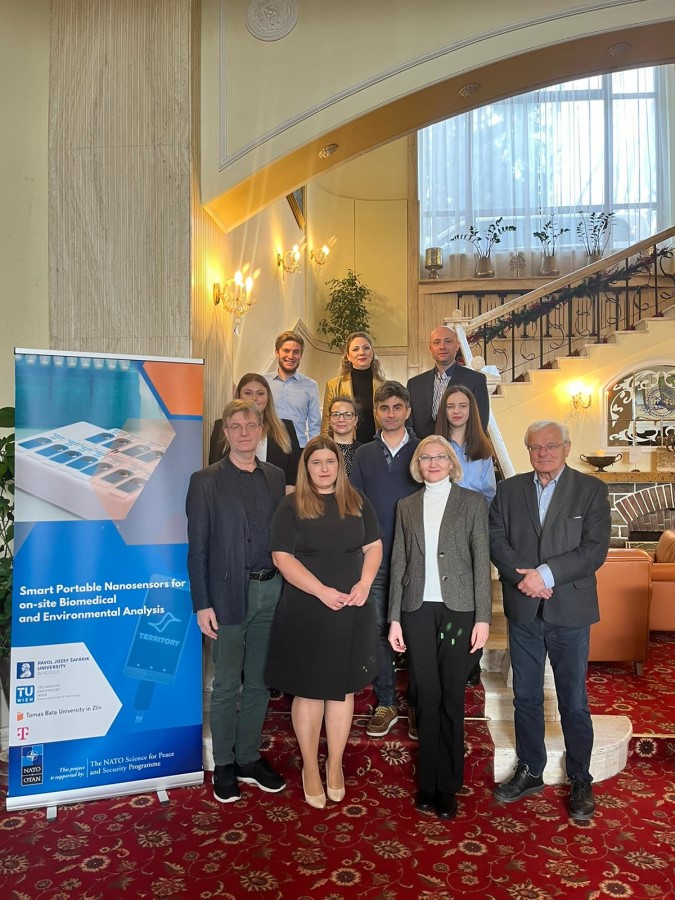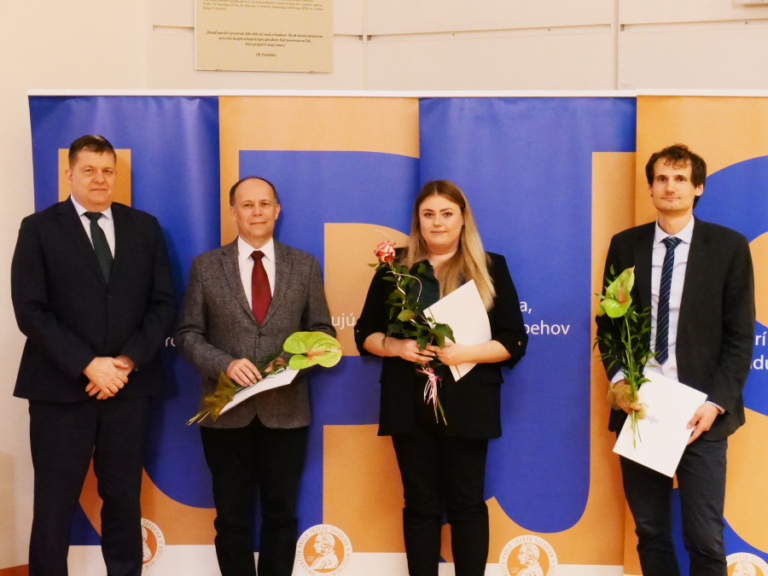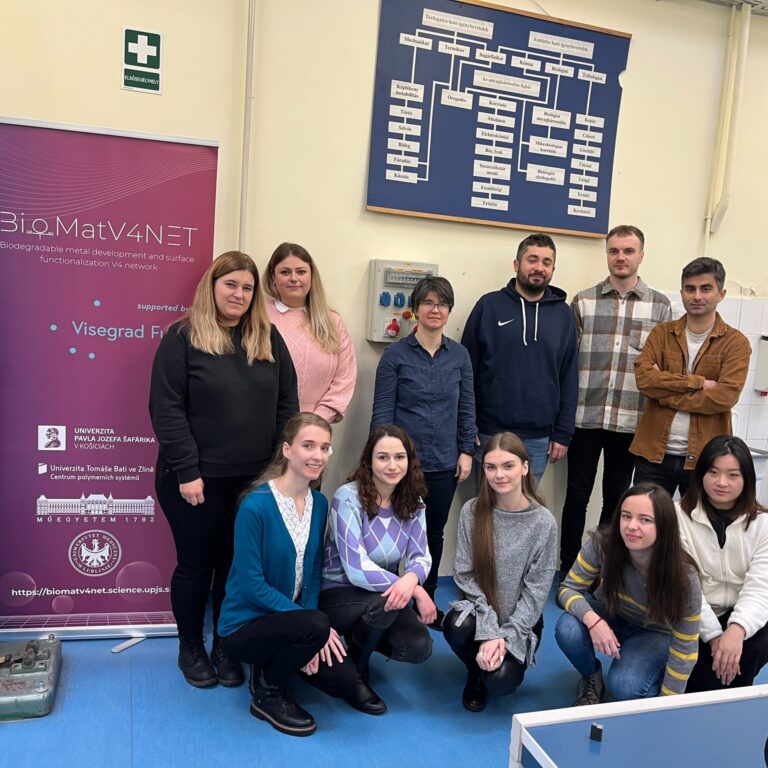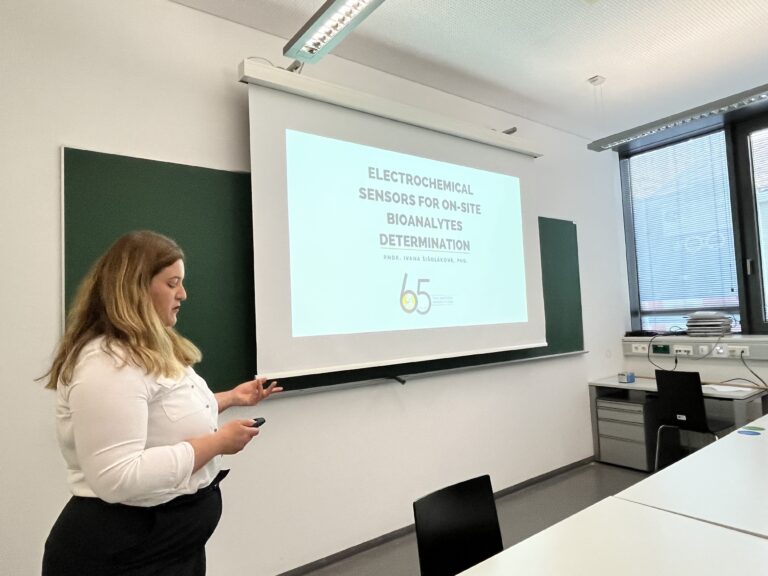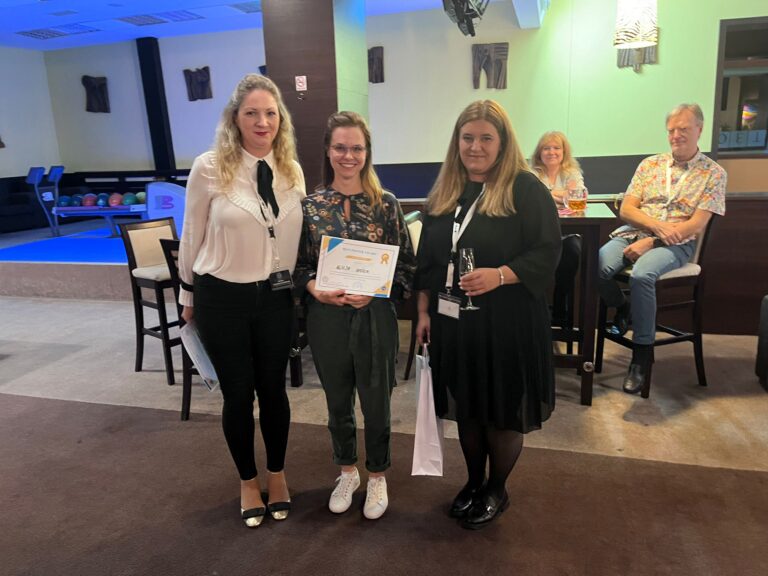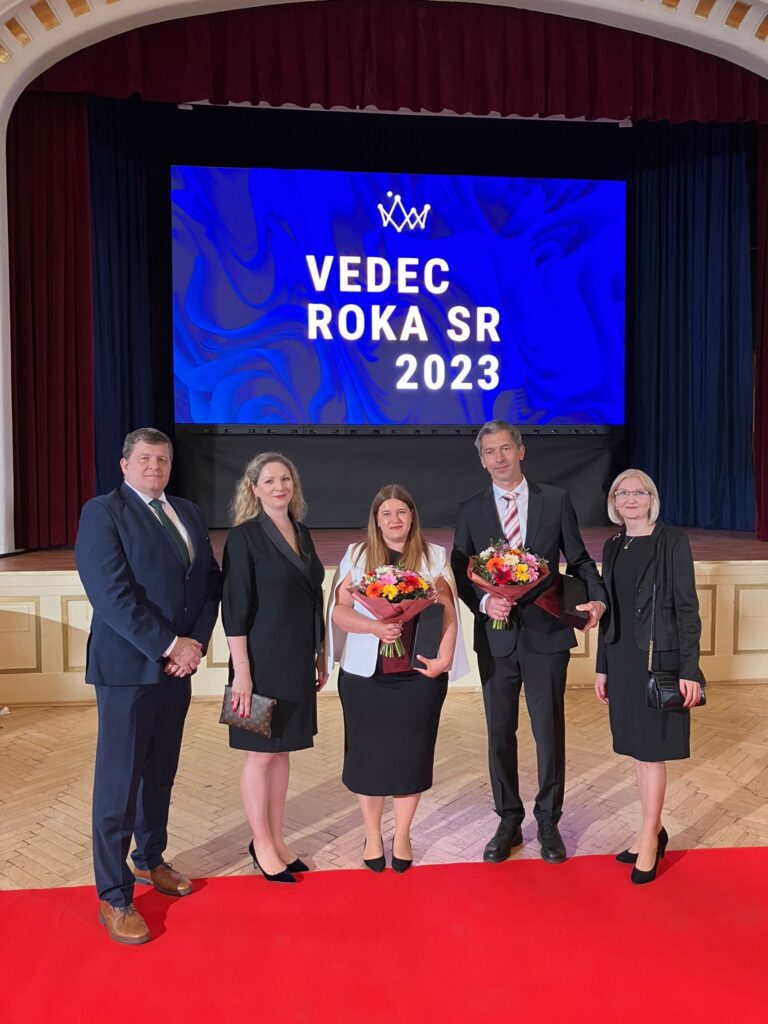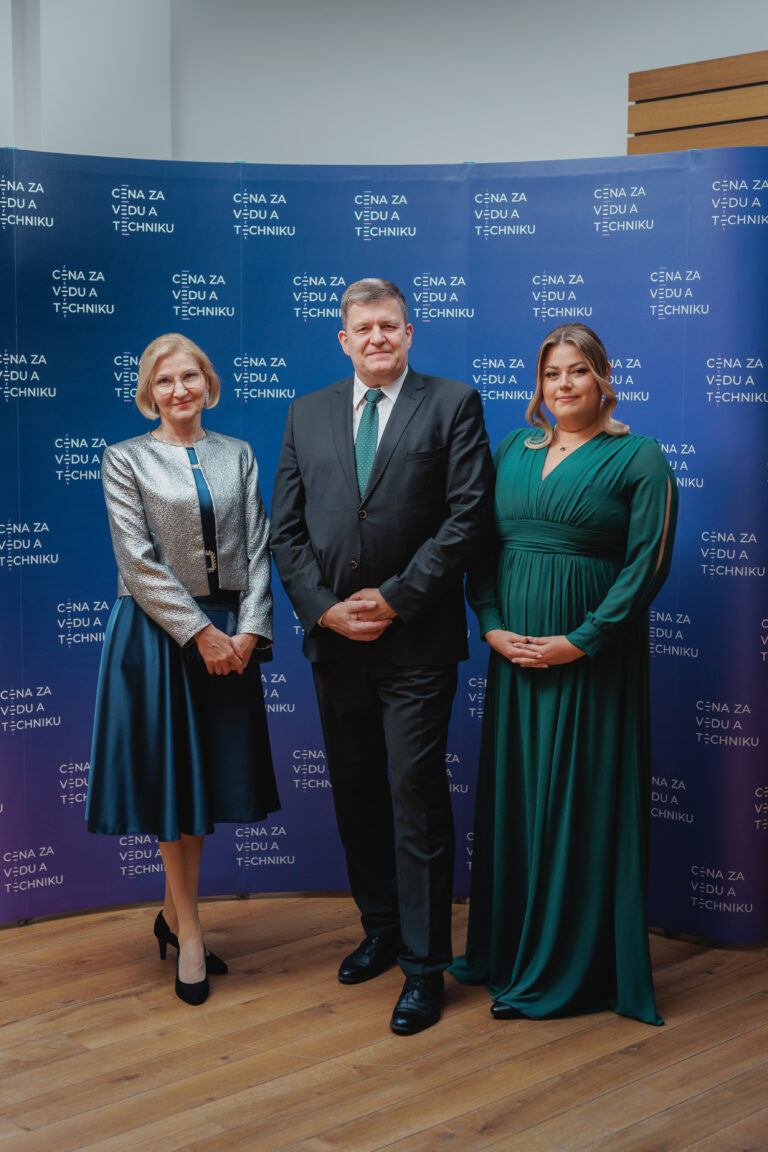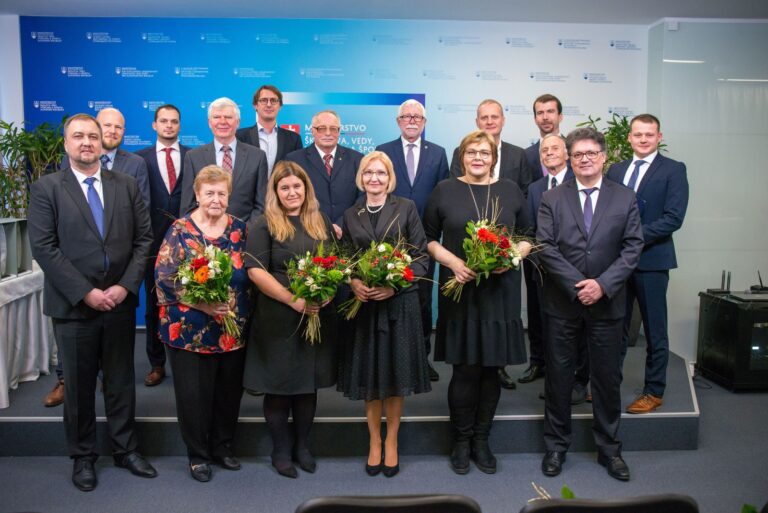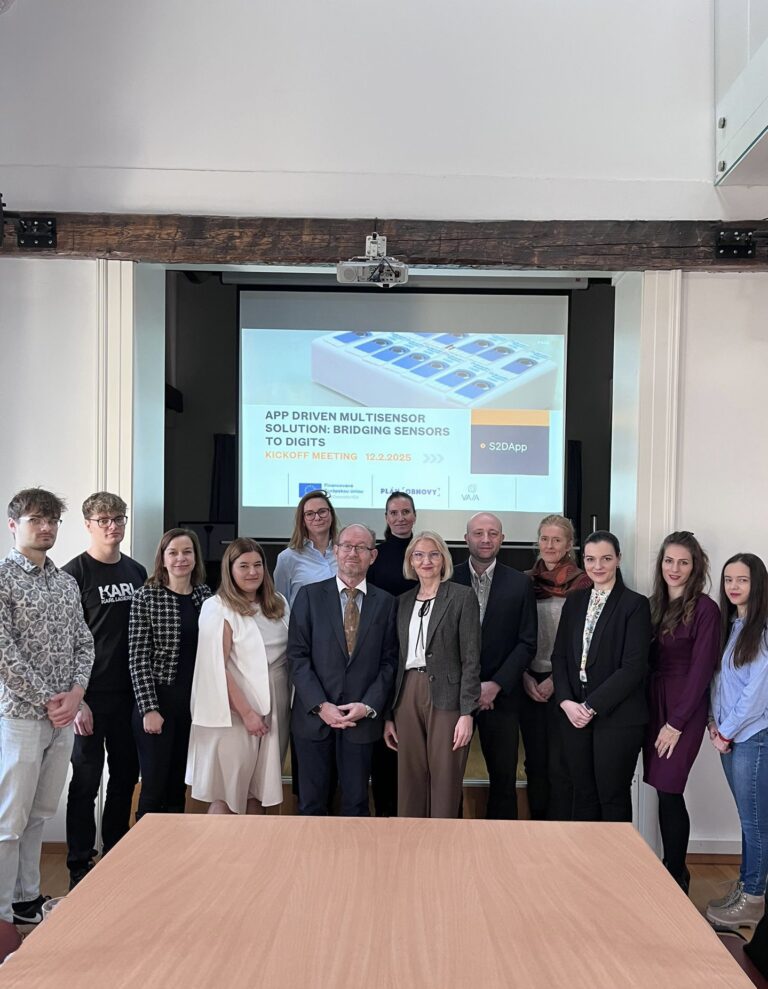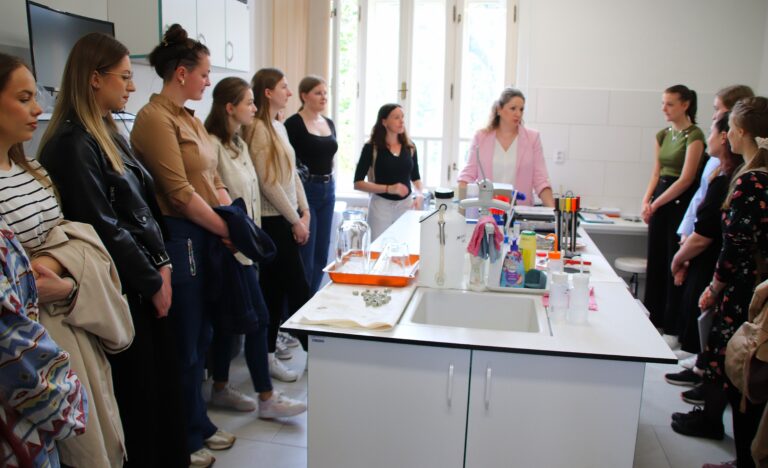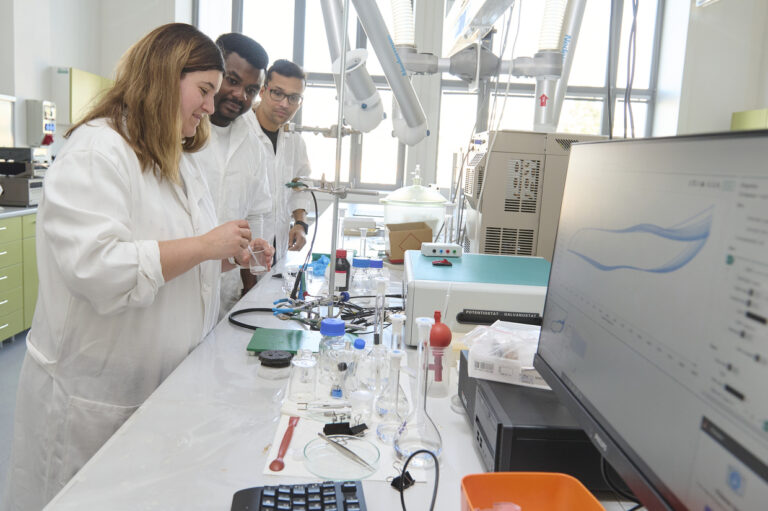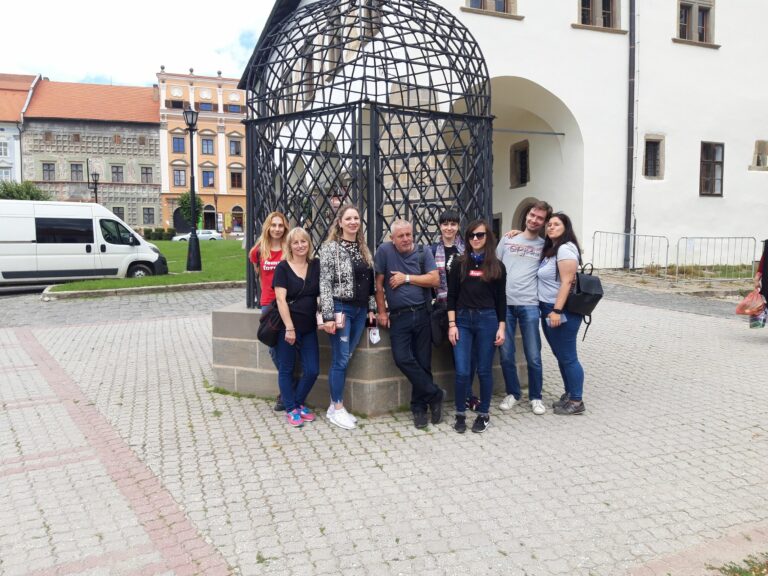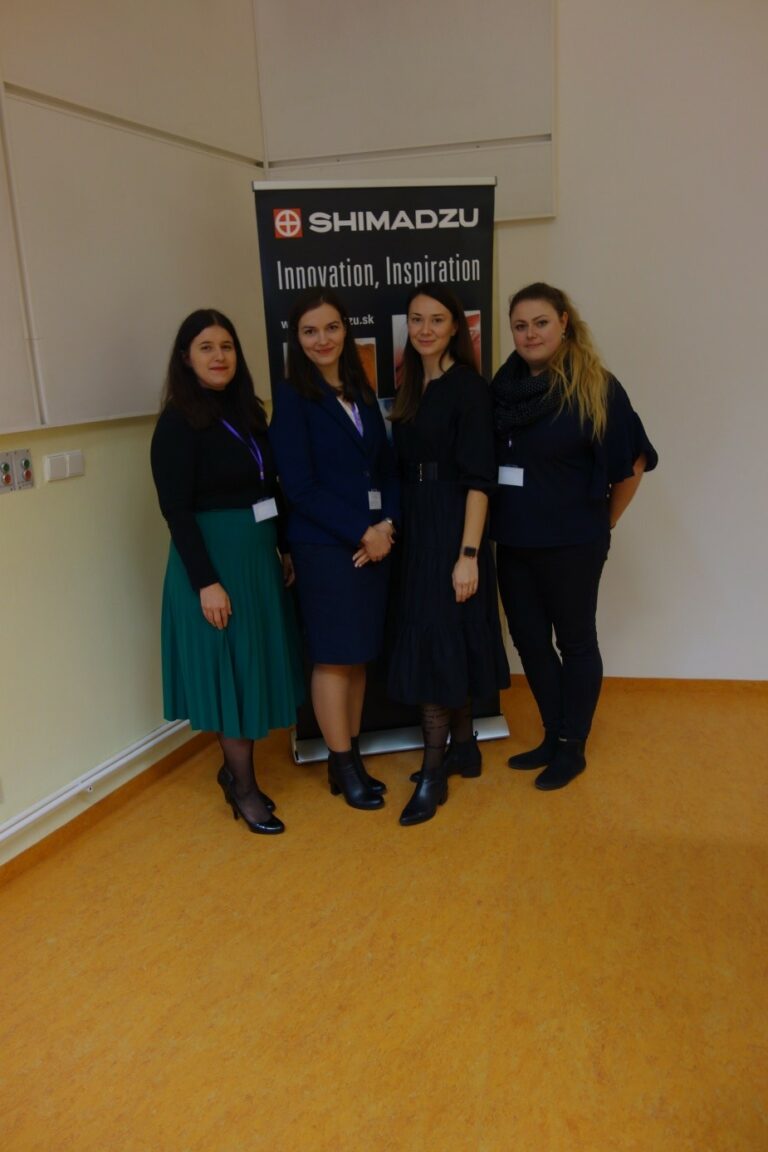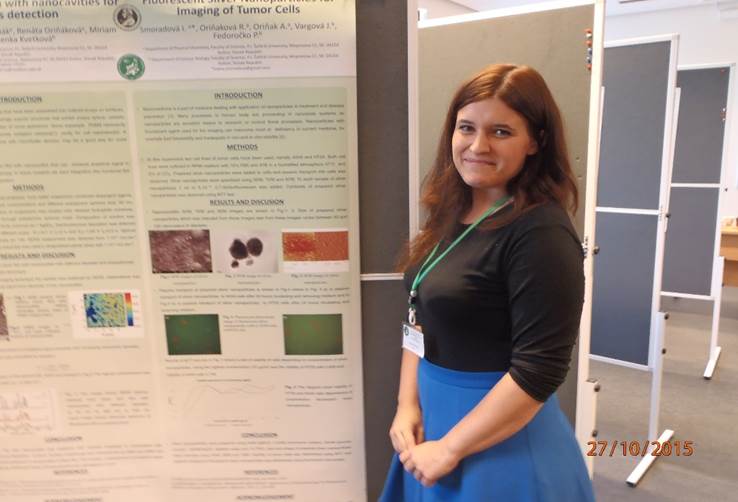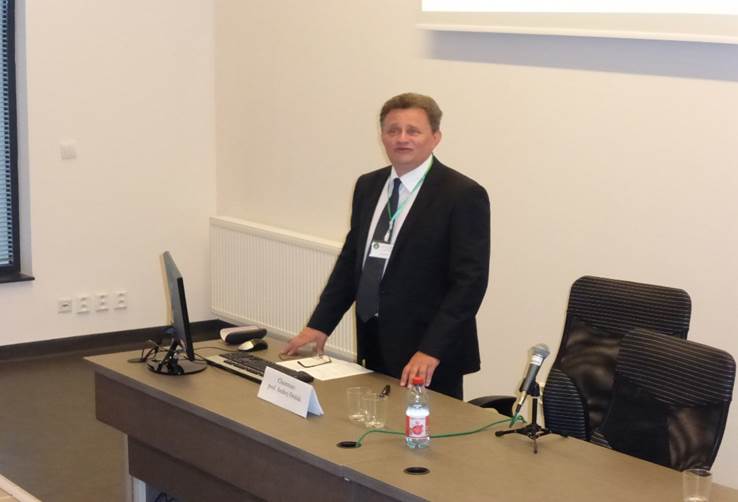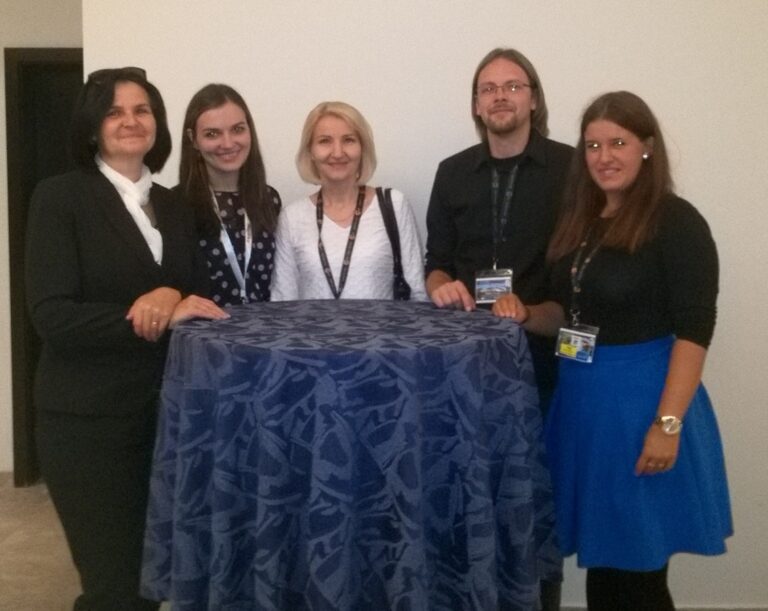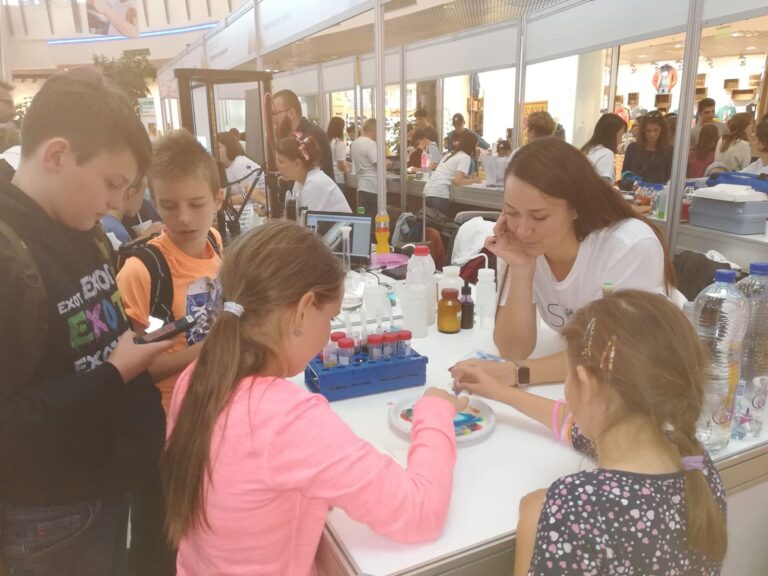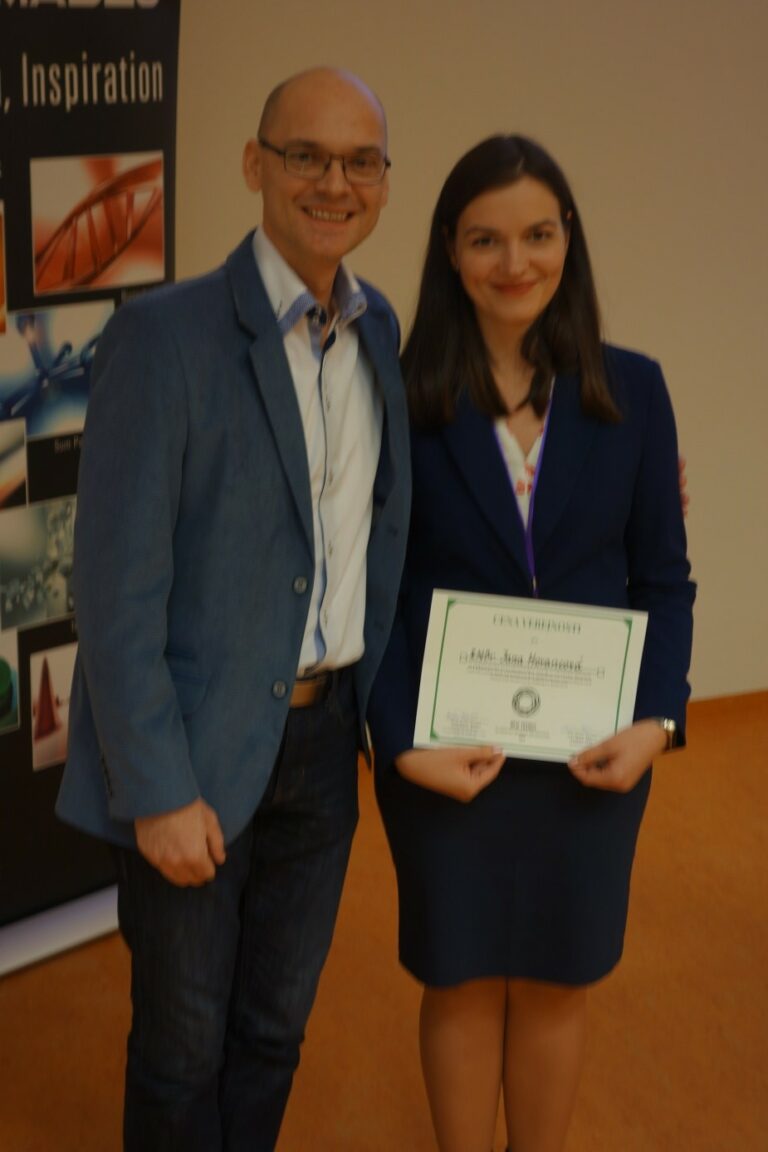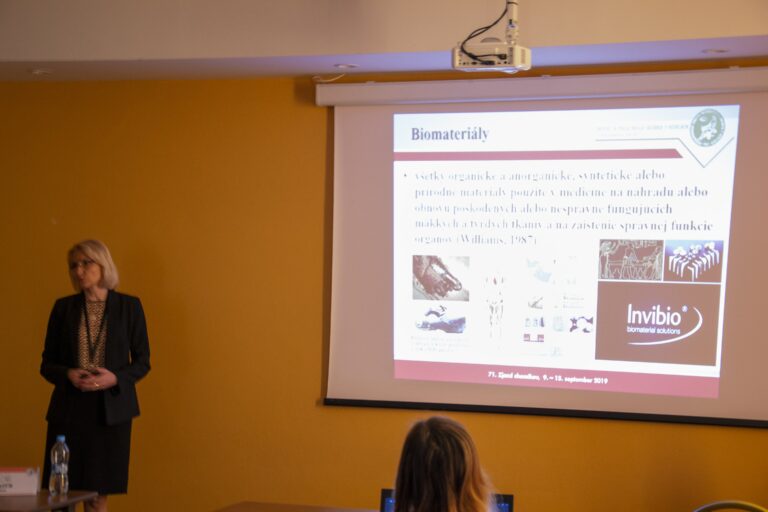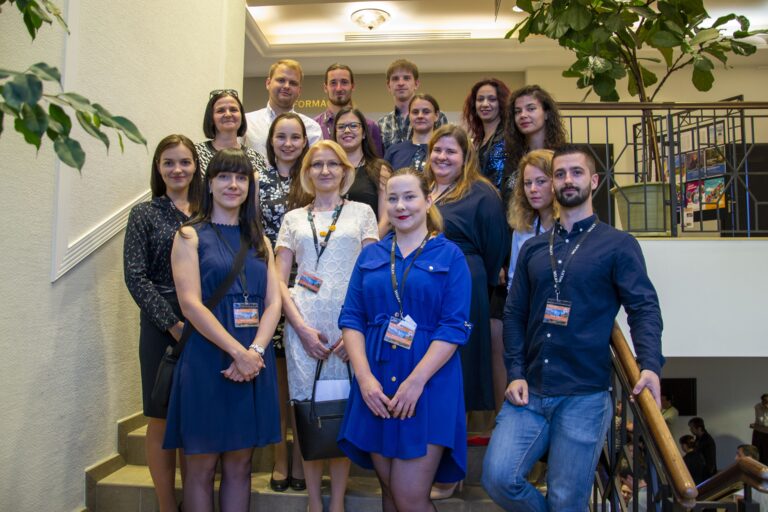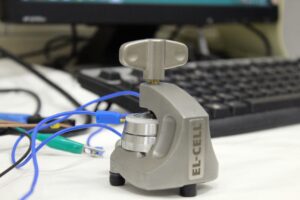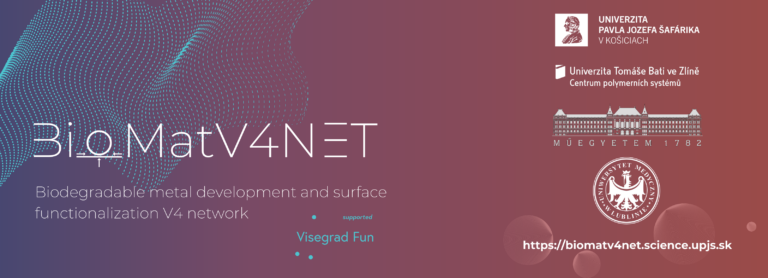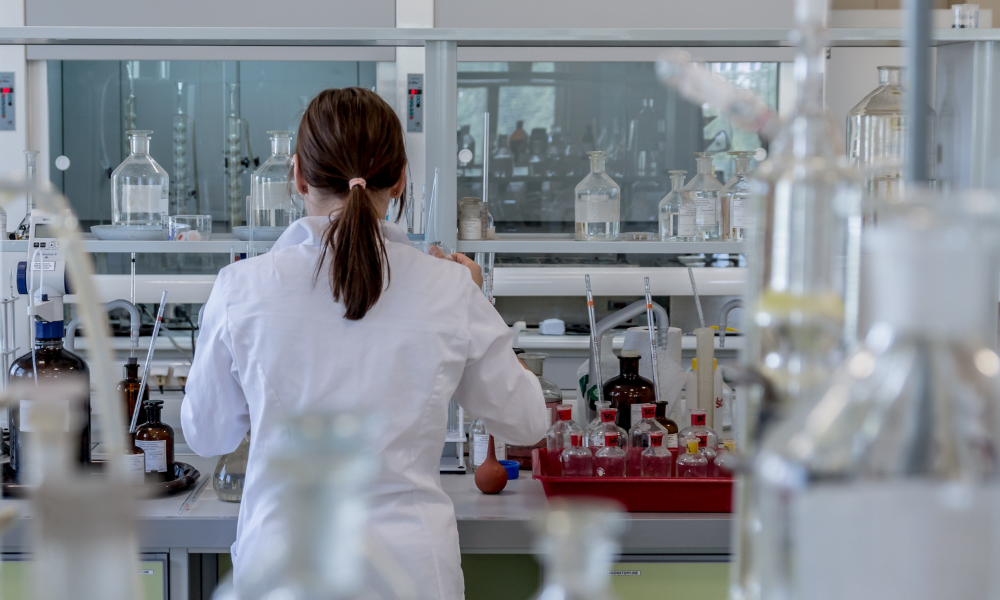
Our latest research
A Study of the Mechanism of the Hydrogen Evolution Reaction Catalysed by Molybdenum Phosphide in Different Media
Podrojková et al. The electrochemical decomposition of water is an effective method of green hydrogen production due to the purity and renewability of the process. The production of hydrogen occurs through the hydrogen evolution reaction (HER), and the process may be facilitated by using proper catalysts. Transition metal phosphides (TMPs), especially MoP, can potentially replace expensive Pt-based catalysts. However, most studies deal with experimental research without DFT simulations, and the process's mechanism is not described in detail. Therefore, this study aims to investigate the catalytic performance and reaction mechanism of an MoP catalyst for HER across all pH ranges and combine electrochemical analysis with simulations to gain deeper mechanistic insights. MoP surfaces with (101), (110) and (100) facets are prepared and investigated with experimentally synthesised MoP samples studied in acidic, alkaline, and neutral media. MoP catalyst exhibits superior HER activity in an alkaline media with charge transfer resistance (Rct) of 7.12 Ω. DFT results also showed that H2O adsorption is preferred on MoP(101) and MoP(110) with adsorption energy (ΔEad) of 0.93 eV and 1.21 eV, respectively. Based on experimental and DFT results, a proposed HER mechanism considers various MoP facets and different media.
Mechanical and Degradation Behavior of Zinc-Based Biodegradable Metal Foams
Kádár, Csilla, Gorejová, Radka, Kubelka, Pierre, Oriňaková, Renata Orbulov, Imre Norbert Zinc has gained interest as a biodegradable material due to its adequate degradation behavior under physiological conditions and acceptable biocompatibility. However, during the use of zinc as a degradable orthopedical implant, the mechanical properties are expected to change while the implant needs to maintain its function and mechanical support for 12–24 months with the load gradually transferred from the degrading implant to the healing bone. For such investigation, six different kinds of open-cell zinc foams are fabricated by a modified investment casting method displaying different pore densities and strut thicknesses. Compressive properties and corrosion behavior in simulated body fluids are studied to determine the map of the most relevant parameters that influence the degradation properties.
Novel Cu(II)-based metal–organic framework STAM-1 as a sulfur host for Li–S batteries
Niščáková V. Almáši M. Capková D. Kazda T. Čech O. Čudek P. Petruš O. Volavka D. Oriňaková R. Fedorková A.S. Send mail to Fedorková A.S.Due to the increasing demand for energy storage devices, the development of high-energy density batteries is very necessary. Lithium–sulfur (Li–S) batteries have gained wide interest due to their particularly high-energy density. However, even this type of battery still needs to be improved. Novel Cu(II)-based metal–organic framework STAM-1 was synthesized and applied as a composite cathode material as a sulfur host in the lithium–sulfur battery with the aim of regulating the redox kinetics of sulfur cathodes. Prepared STAM-1 was characterized by infrared spectroscopy at ambient temperature and after in-situ heating, elemental analysis, X-ray photoelectron spectroscopy and textural properties by nitrogen and carbon dioxide adsorption at − 196 and 0 °C, respectively.
Experimental and computational analysis of Ni–P and Fe–P metal foams for enhanced hydrogen evolution reaction in alkaline media
PPodrojková et al. Electrochemical water splitting is a promising approach for sustainable hydrogen production, with the hydrogen evolution reaction (HER) playing a key role. Transition metal phosphides (TMPs) have emerged as efficient and cost-effective alternatives to Pt-based catalysts. In this study, we investigate Ni–P and Fe–P metal foams, utilising their porous structures to enhance catalytic activity. Electrochemical analysis reveals that Ni–P exhibits superior reaction kinetics (79 mV dec−1) and a high electrochemically active surface area (41.8 mF cm−2). Density functional theory (DFT) calculations further confirm the role of phosphorus doping, with Ni(111)Pads achieving a near-optimal Gibbs free energy (ΔGH* = 0.01 eV). Comparative DFT analysis also reveals a trend in ΔGH values for Ni(111) and Fe(110), demonstrating the impact of phosphorus incorporation on HER performance. These findings provide valuable insights into the design of porous TMP catalysts for efficient and scalable hydrogen production.
